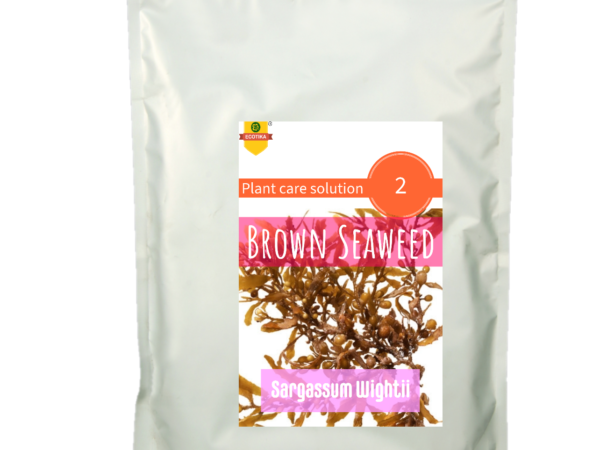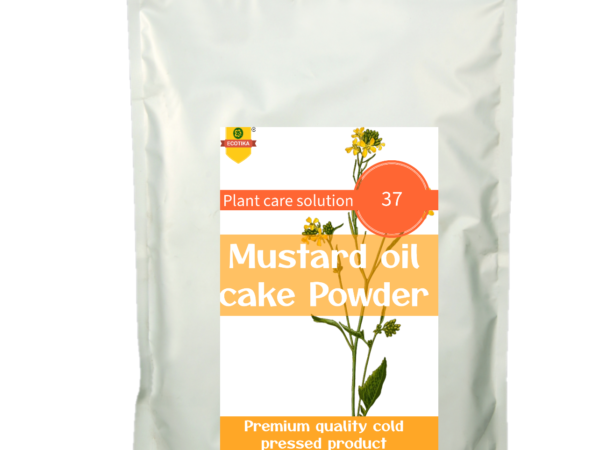Rock Phosphate | Organic fertilizer
₹145.00 – ₹650.00
- Essential for plant growth: Phosphorus is a building block for DNA, RNA and energy transfer in plants.
- Strong roots and vibrant blooms: Promotes healthy root development and supports flower & fruit formation.
- Faster maturity & resilience: Helps plants mature faster and improves tolerance to stress.
- Water efficiency: Plants with good phosphorus levels use water more efficiently.
For details of application/dosage, please read the detailed explanation given in Description below.
Description
Rock Phosphate
Rock phosphate 0-20-0 is a part of Organic fertilizer and is allowed to be either mixed or used as it is, is can mixed with soil while preparing beds for new plants or during repoting of mature plant. Rock phosphate then in presence of organic matter becomes a good source of Phosphorus. Following are the suggested application rates.
Phosphorus is a superstar nutrient in the gardening world, playing a vital role in various plant functions. Here’s a breakdown of its importance:
Essential for Growth and Development:
-
Building Blocks: Phosphorus is a key component of DNA and RNA, the blueprints for all living things. It’s crucial for cell division, growth, and development throughout a plant’s lifecycle.
-
Energy Transfer: Phosphorus is involved in the production of ATP, the energy currency of cells. This ensures plants have the energy to perform essential functions like nutrient uptake and sugar production.
Strong Roots and Vibrant Blooms:
-
Healthy Root System: Adequate phosphorus promotes strong root development, allowing plants to efficiently absorb water and nutrients from the soil.
-
Flowering and Fruiting: Phosphorus plays a vital role in flower and fruit formation. It supports the development of seeds and improves overall crop yield and quality.
Other Benefits:
-
Maturity and Resilience: Sufficient phosphorus helps plants mature faster and can even improve their tolerance to stress factors like drought and diseases.
-
Water Use Efficiency: Plants with good phosphorus levels tend to utilize water more efficiently, making them better equipped to handle dry periods.
Signs of Phosphorus Deficiency:
- Stunting and Weak Growth
- Purplish or reddish discoloration on leaves (especially on the underside)
- Delayed flowering and fruiting
- Poor overall plant health
By understanding the importance of phosphorus and recognizing its deficiency signs, you can ensure your plants have what they need to thrive.
Suggested Dosage Rock Phosphate
Suggested Application rate
Bulbs: Add 1 tbsp per hole for average size bulbs, more for larger varieties. Mix thoroughly into soil, and water in well.
Vegetable Gardens & Flower Beds: To prepare new gardens, apply 2.5-5 lbs per 100 square feet and thoroughly mix into the top 3” of soil. For new transplants, add ¼ cup per hole, mix into soil and water in well. To feed established plants, side dress ¼-½ cup in Fall or early Spring to promote fruiting and flowering during the growing season.
Containers: For new plantings, add ¼ cup per gallon of soil and mix thoroughly OR add 5-10 lbs per cubic yard. For established plants, lightly mix 1 tbsp per gallon into the soil surface every 4 month during the
growing season.
Trees & Shrubs: Spread 1 lb per 1” of trunk diameter around the base outwards to the drip line, mix into soil surface and water in well. For new trees, prepare transplant hole and mix 1-2 cups with the backfill soil. Use the amended soil to fill in around the new tree, and water in well.
Safety: The product is safe to use around children, but ensure hands are washed after each use. And yes we do not recommend this product for oral consumption as it is meant to be used as fertilizer. Left over product must be properly packed to avoid ingression of moisture or water.
Does not Contain;
- Bio solids,
- Slaughter house waste,
- Fish processing waste,
- Sewage sludge,
- Synthetic chemicals.
Additional information
| Weight | N/A |
|---|---|
| Size | 100 grams, 250 grams, 400 Grams, 900 Grams, 1.8 Kg, 4.5 Kg |
You may also like…
-
Sale!
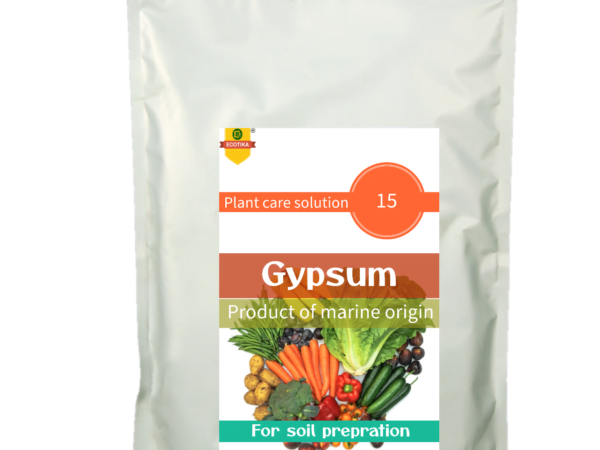
Ecotika Gypsum (Agriculture Grade) Fertilizer | Calcium fertilizer | Soil Amendment
₹154.00 – ₹615.00 Select options Buy now -
Sale!
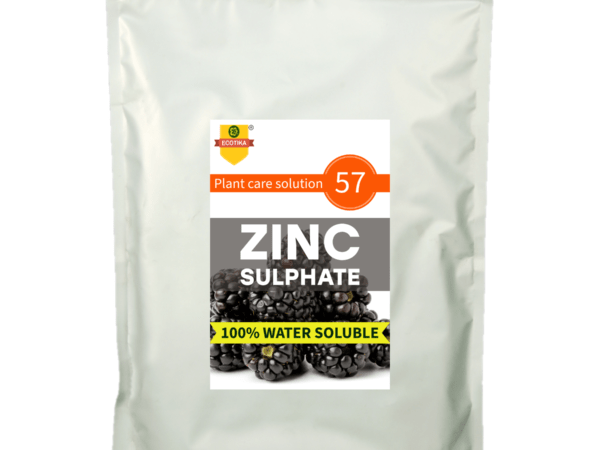
Zinc Sulphate | Plant care solution no 57
₹217.00 – ₹298.00 Select options Buy now -
Sale!
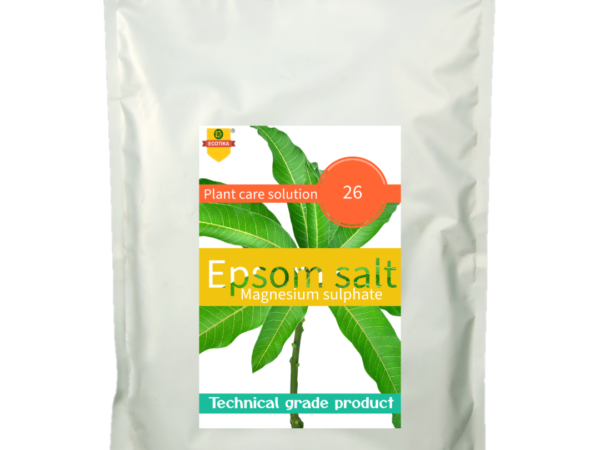
Technical Solution 26 | Ecotika Epsom Salt | magnesium Sulphate
₹125.00 – ₹232.00 Select options Buy now -
Sale!

Gypsum (Iron-Zinc) | Source of Calcium, Sulphates, Iron and Zinc
₹119.00 – ₹299.00 Select options Buy now -
Sale!
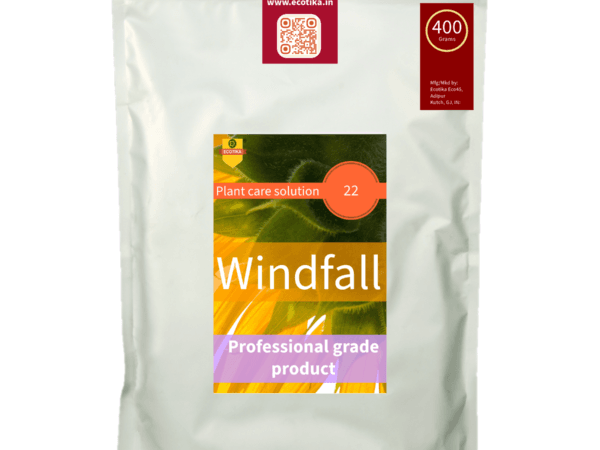
Technical Solution no 22 | Potassium Schoenite | 100% water soluble
₹143.00 – ₹2,098.00 Select options Buy now



